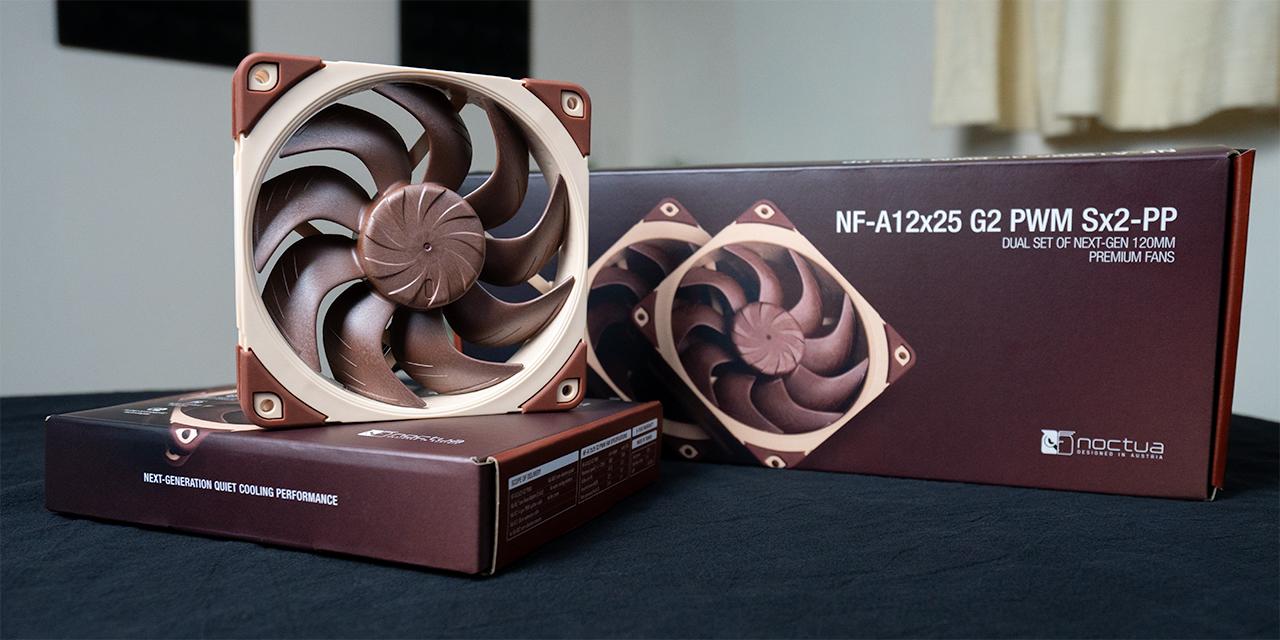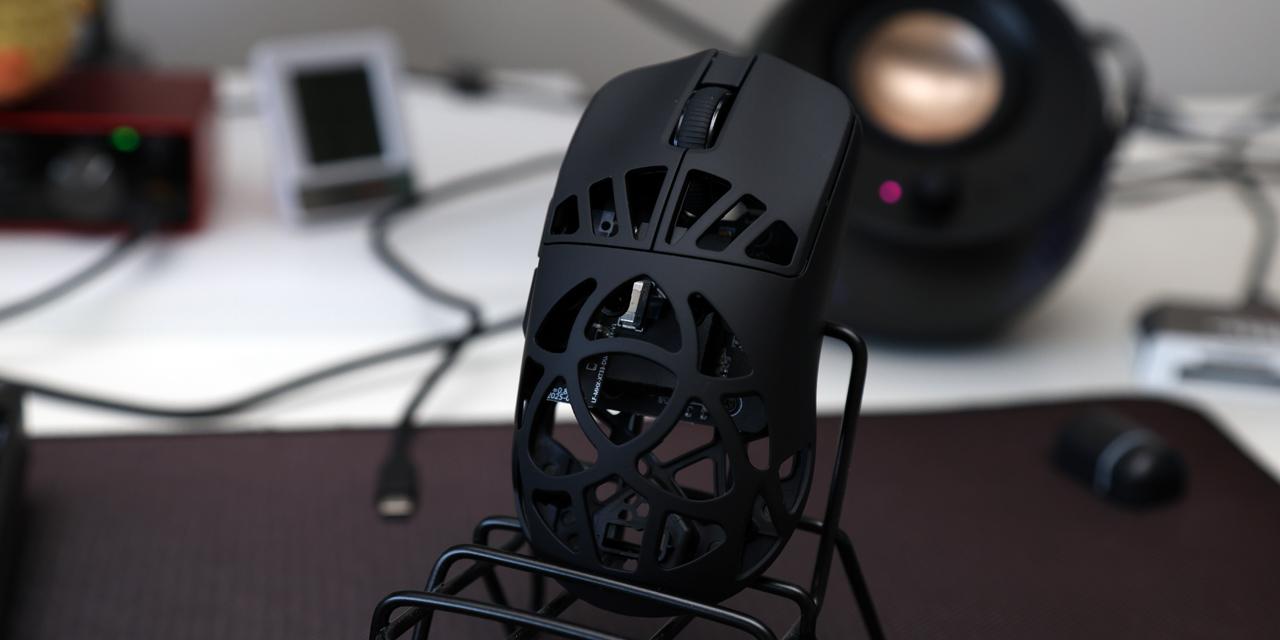|
From DailyTech: 2013 is going to be a big year in the graphics processing unit (GPU) arena, with the arrival of Intel Corp.'s (INTC) Haswell, which brings the company's strongest on-die graphical showing yet -- Iris Pro. For graphics card maker NVDIA Corp. (NVDA), the pressure is on to continue to convince the spectrum of gamers from casual to enthusiast that they need to keep buying discrete GPUs. NVIDIA appears to be responding by shifting its focus to higher-priced, more powerful GPUs. And thus far the strategy appears to be working. Will this continue with the company's latest card? Let's dig in. For all intents and purposes, the GeForce GTX 780 is a lower priced, lower performance (due to having slightly less CUDA cores, etc.) version of NVIDIA's Titan that launched back in February. Even the sleek silver cooler vaguely resembles Titan's metallic cooler. In another light, the GTX 780 represents a pricier, more powerful GTX 680. Both have Kepler series GPU chips built on Taiwan Semiconductor Manufacturing Comp., Ltd. (TPE:2330) 28 nm process, but the GTX 780 uses a cut-down GK110, where as the GTX 680 uses a fully functional, but less advanced GK104. Priced at $650 USD, the card is roughly $200 USD more expensive than the GTX 680, which currently hovers around $450 USD. The GTX 780 keeps the same number of ROPs, but cuts the video RAM in half from the Titan -- down to 3 GB. But the card has 2 SMX units (192 CUDA cores; 16 texture units) disabled per chip. The decrease in processing units has allowed NVIDIA to bump the clock speed, so the cores on the card are actually clocked faster than the Titan. View: Article @ Source Site |
 |
NVIDIA's Cut-Down Titan-Based GTX 780 Launches, Priced at $649 USD
© Since 2005 APH Networks Inc. All trademarks mentioned are the property of their respective owners.





